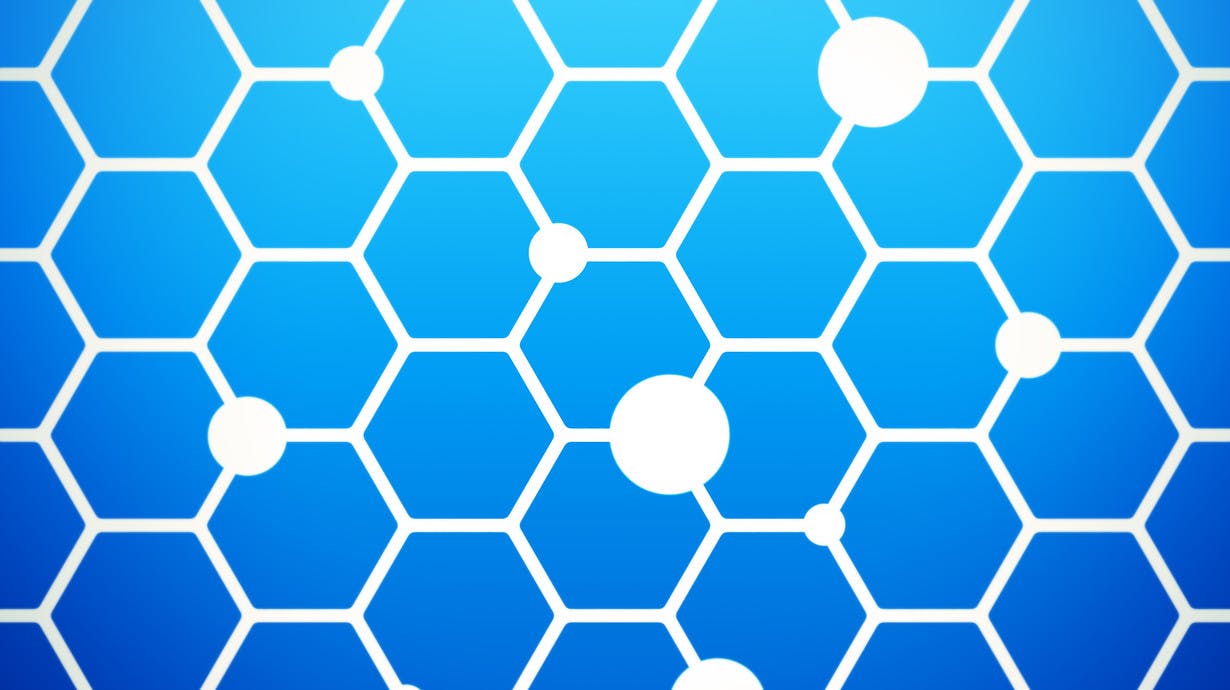How CDPs differ from other forms of marketing tech
Customer Data Platforms (CDP) are a unique technology that sits at the intersection of a growing ecosystem of marketing vendors.

Customer Data Platforms (CDP) are a unique technology that sits at the intersection of a growing ecosystem of marketing vendors. Unfortunately, this central position can leave marketers confused about their actual purpose.
The CDP Institute defines CDP as “a marketer-managed system that creates a persistent, unified customer database that is accessible to other systems”. While these words are carefully chosen, a casual reader can easily mistake them for the definition of a Data Management Platform (DMP), Data Warehouse, CRM system, or other systems that manage customer data. To help you understand what make a CDP truly unique, I’ve outlined some key differences below.
How is a CDP different from Data Management Platforms (DMP) like Oracle BlueKai, Krux and Lotame?
DMPs support Web display advertising by maintaining a collection of Web browser cookies with attributes such as interests, demographics, and behaviors. Users select sets of cookies with desired attributes and send them to advertising systems, which deliver ads to those cookies when they appear on a Web site. Key differences from a CDP are: DMP cookies are generally anonymous, whereas CDP records are linked to identified individuals. DMP data is a string of attributes, while CDPs store detailed lists of purchase transactions and Web behaviors. DMPs work primarily with Web data, while CDPs nearly always include data from offline systems such as CRM. Some DMPs have added CDP functions but it’s important to recognize that those are not what they were originally designed to do.
Learn more about how you can use a CDP with your DMP.
How is a CDP different from Data Warehouses like Amazon Redshift, Datadog and Alooma?
Data warehouses and data lakes are usually enterprise-wide projects, which means they are not tailored to marketing needs. Data lakes are collections of data, usually in the same form as the original source systems, while data warehouses process the raw data to make it more usable. But they often don’t include the cross-channel identity resolution needed to build a single customer view. Data warehouses are designed primarily to support analysis, not direct customer interactions. Among other things, this means they are usually updated daily, weekly, or less often, while CDPs usually ingest data in real time and make it available quickly if not instantly. It’s true that most CDPs use the same data storage technologies as data warehouses. The difference is the CDP does additional processing to make the data usable, while a data warehouse does not.
Learn more about how you can use a CDP with your data warehouse.
Learn more about how you can use a CDP with your Data Lake.
How is a CDP different from CRM Systems like Salesforce, Oracle and Adobe ?
CRM systems exist primarily to engage with customers. They capture data generated during those engagements but aren’t designed to import large volumes of data from other systems. Nor are they built to unify that data by matching different identifiers. Their database designs are optimized for direct customer interactions, which needs a different structure than a Customer Data Platform to run efficiently. When CDP data is used by CRMs, the CDP data is usually restructured and supplemented with indexes so the CRM can use it effectively.
How is a home-grown CDP different from what CDP vendors are offering?
Most CDPs are built using common technologies that your company may already own or could buy for itself. The main difference is that CDP vendors have added connectors for common source systems, data preparation flows, and identity resolution processes. Your company would need to build those for itself or to identify, purchase, learn, deploy, and manage a collection of commercial products that do the same things. This would almost always take more time, cost more money, present higher risk of failure, and be harder to maintain than a CDP. It would also give marketers less control.



